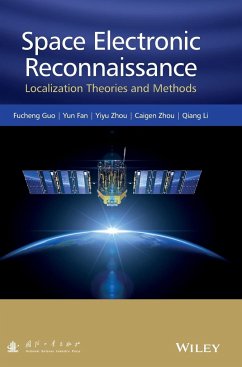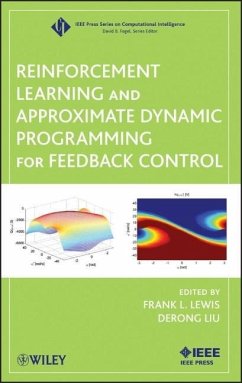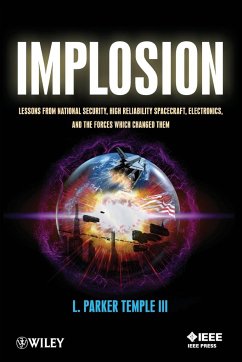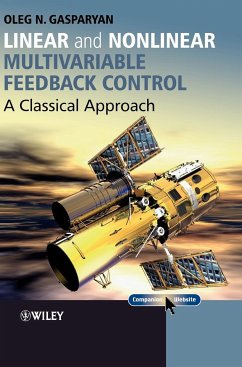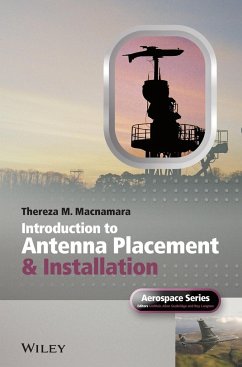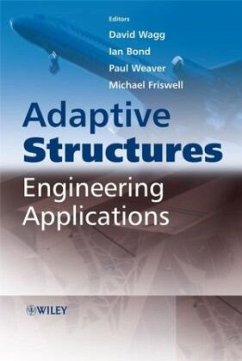
Single Event Effects in Aerosp
Versandkostenfrei!
Versandfertig in über 4 Wochen
152,99 €
inkl. MwSt.
Weitere Ausgaben:

PAYBACK Punkte
76 °P sammeln!
This book introduces the basic concepts necessary to understand Single Event phenomena which could cause random performance errors and catastrophic failures to electronics devices. As miniaturization of electronics components advances, electronics components are more susceptible in the radiation environment. The book includes a discussion of the radiation environments in space and in the atmosphere, radiation rate prediction depending on the orbit to allow electronics engineers to design and select radiation tolerant components and systems, and single event prediction.
Enables readers to better understand, calculate, and manage single event effects
Single event effects, caused by single ionizing particles that penetrate sensitive nodes within an electronic device, can lead to anything from annoying system responses to catastrophic system failures. As electronic components continue to become smaller and smaller due to advances in miniaturization, electronic components designed for avionics are increasingly susceptible to these single event phenomena. With this book in hand, readers learn the core concepts needed to understand, predict, and manage disruptive and potentially damaging single event effects.
Setting the foundation, the book begins with a discussion of the radiation environments in space and in the atmosphere. Next, the book draws together and analyzes some thirty years of findings and best practices reported in the literature, exploring such critical topics as:
Design of heavy ion and proton experiments to optimize the data needed for single event predictions
Data qualification and analysis, including multiple bit upset and parametric studies of device sensitivity
Pros and cons of different approaches to heavy ion, proton, and neutron rate predictions
Results of experiments that have tested space predictions
Single Event Effects in Aerospace is recommended for engineers who design or fabricate parts, subsystems, or systems used in avionics, missile, or satellite applications. It not only provides them with a current understanding of single event effects, it also enables them to predict single event rates in aerospace environments in order to make needed design adjustments.
Single event effects, caused by single ionizing particles that penetrate sensitive nodes within an electronic device, can lead to anything from annoying system responses to catastrophic system failures. As electronic components continue to become smaller and smaller due to advances in miniaturization, electronic components designed for avionics are increasingly susceptible to these single event phenomena. With this book in hand, readers learn the core concepts needed to understand, predict, and manage disruptive and potentially damaging single event effects.
Setting the foundation, the book begins with a discussion of the radiation environments in space and in the atmosphere. Next, the book draws together and analyzes some thirty years of findings and best practices reported in the literature, exploring such critical topics as:
Design of heavy ion and proton experiments to optimize the data needed for single event predictions
Data qualification and analysis, including multiple bit upset and parametric studies of device sensitivity
Pros and cons of different approaches to heavy ion, proton, and neutron rate predictions
Results of experiments that have tested space predictions
Single Event Effects in Aerospace is recommended for engineers who design or fabricate parts, subsystems, or systems used in avionics, missile, or satellite applications. It not only provides them with a current understanding of single event effects, it also enables them to predict single event rates in aerospace environments in order to make needed design adjustments.




